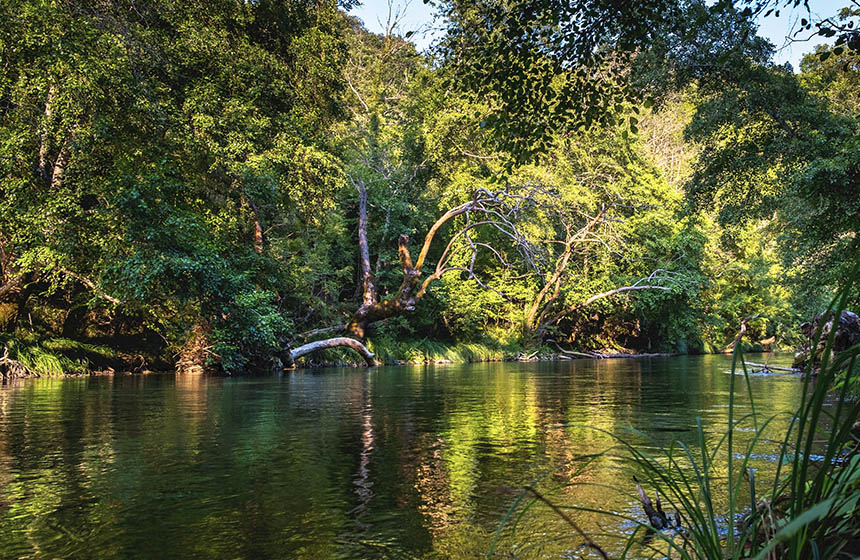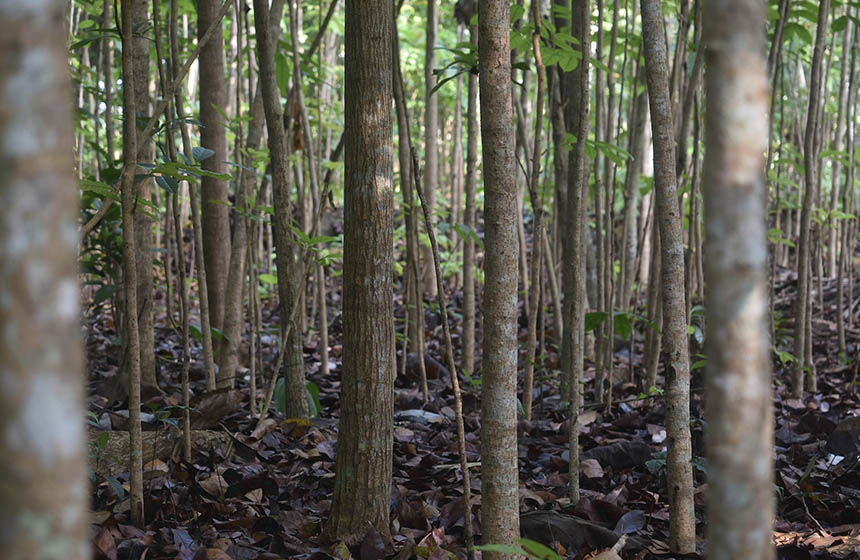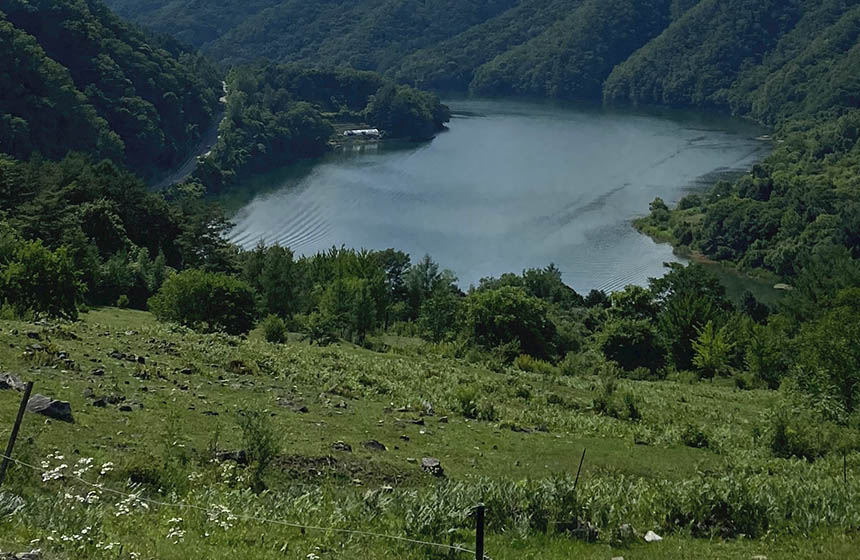Governance for ecosystem-based adaptation project in the Sixaola River basin
The Governance for Ecosystem-based Adaptation project, or Go4EbA project, aims to address food and water security through the restoration of riparian forests, soil conservation techniques, agroforestry and agroecological diversification.
Nature-based Intervention:
Initiated by the IUCN along with partners, the Go4EbA project has been implemented in several countries, of which the Sixaola river basin is one case site. With a focus on climate adaptation, food security and water security, a strategic watershed development plan has been drawn up for the Sixaola River basin. The project activities include the restoration and reforestation of key riparian and watershed areas with both native and exotic timber trees, agroforestry with fruit trees, and supporting local agrobiodiversity through seed fairs. The project also supports traditional indigenous agricultural practices, as well as provides education on new practices such as tree grafting. These activities aim to enhance the resilience of the ecosystem to the effects of climate change, in addition to also enhancing the resilience of the local communities through capacity building and income stabilization through agricultural diversification.
Overview of context and outcomes:
Climate change has been altering rainfall patterns in this region on the border of Costa Rica and Panama, resulting in droughts, irregular and more intense rainfall, and unpredictable shifts in seasons, which, in turn, have led to flooding, mudslides and loss of agricultural production. In addition to experiencing these climatic challenges, the Sixaola river basin experiences challenges of bi-national governance due to its location on the border of two nations, and falls under the traditional lands the Bribri indigenous peoples, where many Bribri indigenous communities exist today.
Case effectiveness on
Climate change
Studies of the project found that community resilience and adaptive capacity had reportedly improved and that vulnerability had been reduced because of improved ecosystem management. Farmers’ resilience to climate change was reported to have increased due to the enhanced agrobiodiversity encouraged by the project. The restoration and reforestation of floodplain areas was reported to have reduced flooding and particularly farm flood damage by slowing the flow of excess water through the landscape and preventing mudslides. In the face of highly variable agricultural yields exacerbated by climate change, the agricultural diversification and increased agrobiodiversity reportedly led to increased food security.
Ecosystem health
Ecological effect: PositiveStudy results reported a perceived increase in ecosystem resilience and health as a result of the project, as well as reportedly improved connectivity of riparian forests. Between 2015 and 2018, 7,500 native trees were planted and more sustainable farming methods have been adopted, likely delivering ecosystem services to the area, according to the study.
Socioeconomic outcomes
Interviewed community members reported a perceived increase in community resilience and reduced vulnerability, while also describing an increase in incomes as a result of agricultural diversification.
Governance
The IUCN worked with the local NGO Asociación de Organizaciones del Corredor Biológico Talamanca Caribe to implement and govern this project. They have also built relations with local government ministries to gain further technical support.
Finance
This project was funded by the The German Federal
Ministry for the Environment, Nature Conservation and Nuclear
Safety.
Monitoring and evaluation
The Ministry of Agriculture and Livestock has allocated a budget to hire technical staff to conduct routine monitoring of the area. A coordinating committee was also established to conduct monthly monitoring of the project. The committee membership is made up of regional directors from relevant institutions.
Trade-offs and limitations
Some of the projects elements had limits in their short term capacity due to the long term investments associated with things such as community wood harvest from restored forests.

Intervention type
- Created habitats
- Food production
- Restoration
Ecosystem type
- Created forest
- Tropical & subtropical forests
- Montane/Alpine
- Streams, rivers, riparian
- Terrestrial production
Climate change impacts addressed
- Loss of food production
- Decreasing wet season
- Freshwater flooding
- Mudslides / Landslides
- Soil erosion
Instigators
- International conservation/environment organization
- Local NGO or CBO (eg. indigenous)
Societal challenges
- Climate change adaptation
- Disaster risk reduction
- Food security
- Water security
Outcomes
- Food security: Positive
- Water security: Not reported
- Health: Not reported
- Local economics: Positive
- Livelihoods/goods/basic needs: Not reported
- Energy security: Not reported
- Disaster risk reduction: Positive
- Rights/empowerment/equality: Not reported
- Conflict and security: Positive
- No. developmental outcomes reported: 6
Resources
Read resource 1Literature info
- Grey literature



